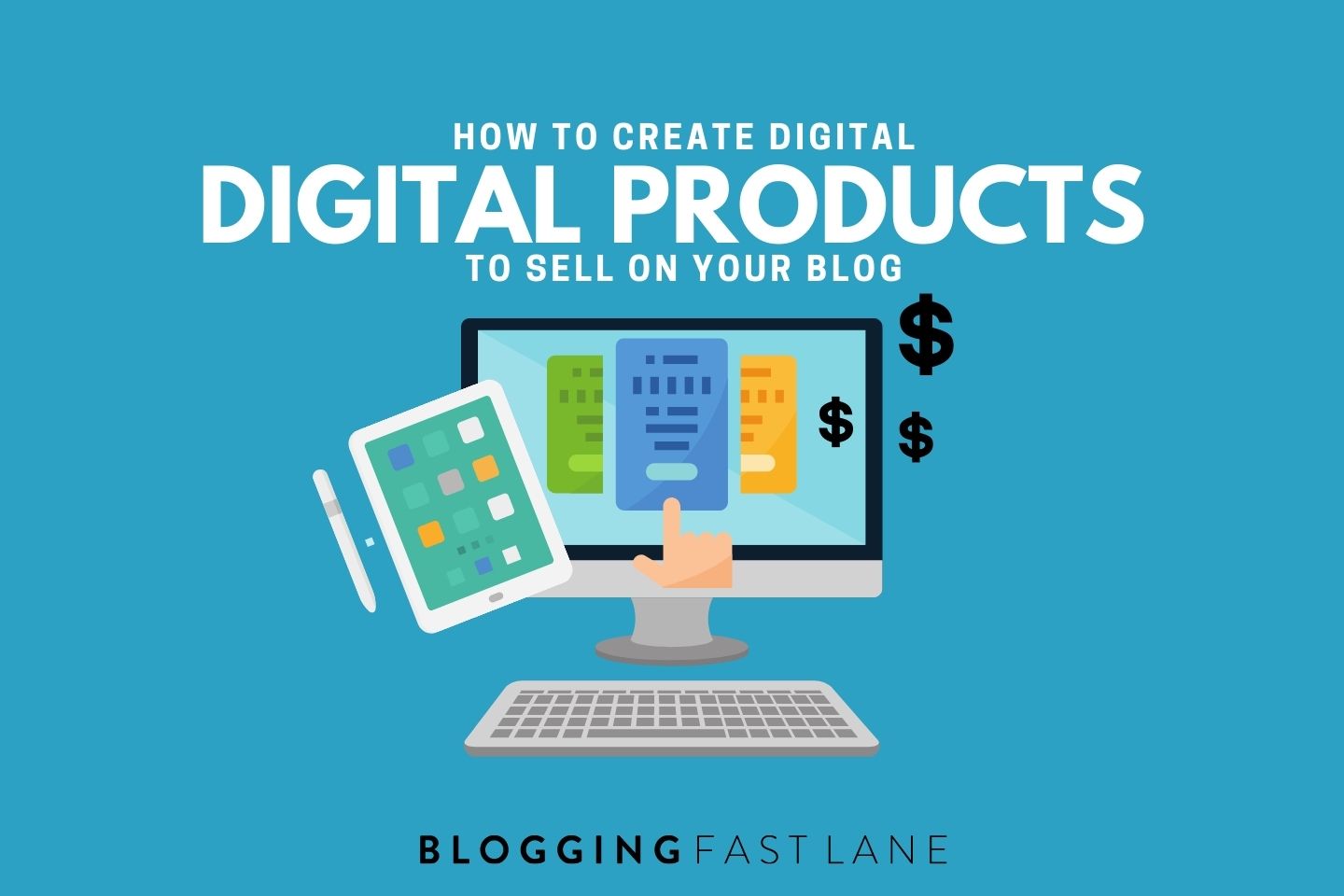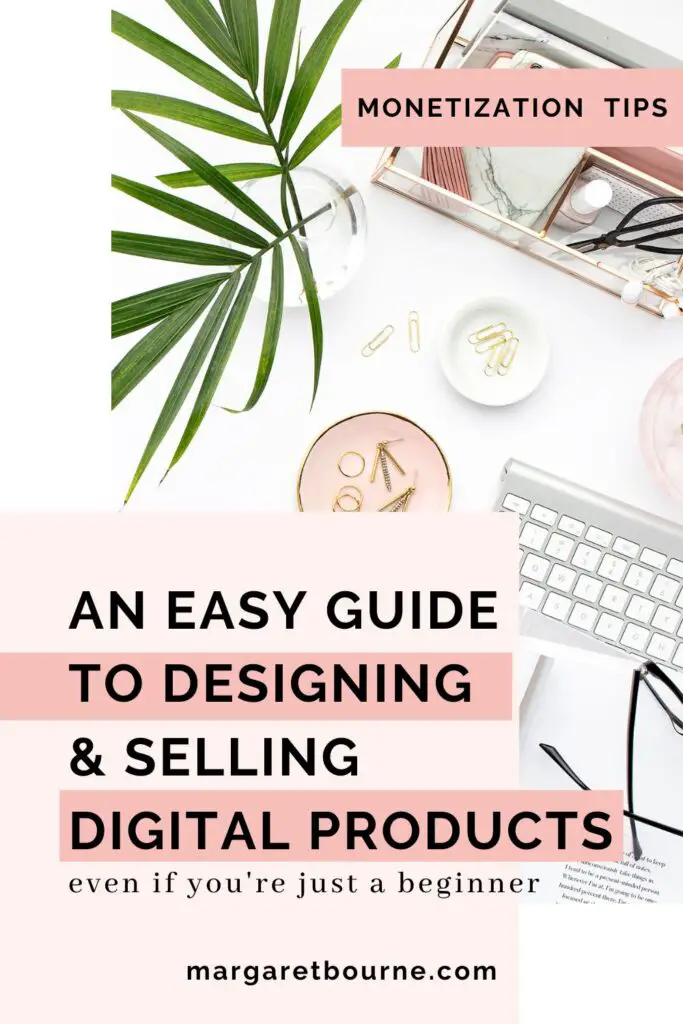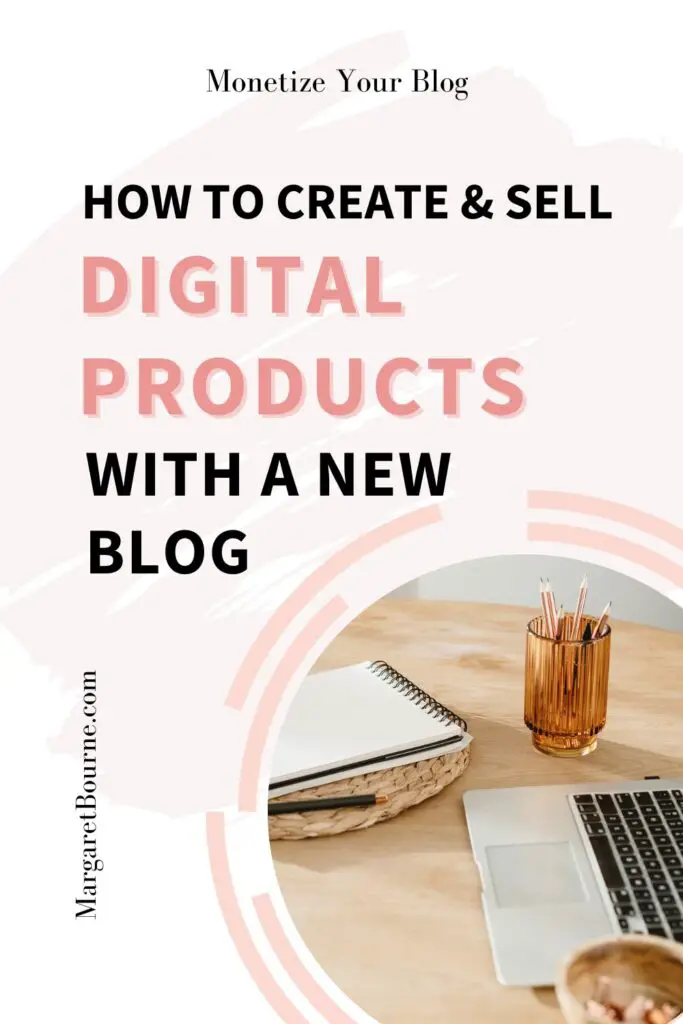So, you’ve got a blog and you’re living in Kenya. You’ve been churning out amazing content and building a loyal readership, but now you’re wondering, “How can I take it to the next level?” Well, worry no more! In this article, we’re going to show you exactly how you can create and sell digital products on your very own blog right here in Kenya. From eBooks to online courses, we’ve got you covered. Get ready to elevate your blogging game and start monetizing your passion in no time!

This image is property of www.bloggingfastlane.com.
Creating Digital Products
Identifying a Niche
When it comes to creating digital products, the first step is to identify a niche. This is a specific topic or area of expertise that you can leverage to create valuable content for your target audience. By focusing on a niche, you can establish yourself as an authority in that area and attract a dedicated following.
To identify a niche, consider your interests, skills, and the needs of your target audience. You want to choose a niche that you are passionate about and that has a demand in the market. Research existing blogs, websites, and social media platforms to get a sense of what topics are popular and where there may be room for your unique perspective.
Researching Market Demand
Once you have identified a niche, it is important to research the market demand for digital products within that niche. This involves understanding the needs and preferences of your target audience and identifying any gaps or opportunities in the market.
Start by conducting keyword research to see what topics and keywords are popular in your niche. This will give you an idea of what people are searching for and what content they are interested in consuming. Additionally, you can survey your existing blog audience or use online tools to gather insights and feedback from potential customers.
By understanding the market demand, you can tailor your digital products to meet the needs of your target audience and increase the chances of success.
Creating Valuable Content
Once you have identified a niche and researched market demand, it’s time to create valuable content for your digital products. Content is the core of any digital product, so it’s important to invest time and effort into creating high-quality, informative, and engaging material.
Consider the needs and preferences of your target audience when creating content. What information or solutions are they looking for? How can you provide value and address their pain points? Focus on creating content that is unique, practical, and actionable. Offer insights, tips, or advice that is not easily found elsewhere.
Remember to also optimize your content for search engines by incorporating relevant keywords and providing clear and concise information. This will help improve the visibility of your digital products and attract more potential customers.
Choosing the Right Format
When creating digital products, it is important to choose the right format that suits your content and target audience. There are various formats to consider, such as e-books, online courses, templates, videos, podcasts, and more.
Consider the nature of your content and how it can be best conveyed to your audience. For example, if you are offering a step-by-step guide or instructional material, an e-book or online course may be a suitable format. If your content is more visual or experiential, consider creating videos or templates.
Additionally, think about the preferences and habits of your target audience. Do they prefer reading, listening, watching, or interacting? By choosing the right format, you can enhance the user experience and make your digital products more appealing and accessible.
Designing an Engaging User Interface
When creating digital products, it is important to prioritize user experience and design an engaging user interface. The user interface refers to the visual and interactive elements of your digital product, including the layout, colors, typography, navigation, and overall aesthetics.
A well-designed user interface can enhance the usability, accessibility, and overall satisfaction of your digital products. It should be intuitive, visually appealing, and easy to navigate. Consider the branding and visual identity of your blog and incorporate those elements into your digital products to maintain consistency.
Additionally, pay attention to the usability of your digital products. Ensure that they are mobile-friendly, responsive, and accessible to all users, regardless of their device or accessibility needs. Test your digital products on different devices and browsers to ensure a seamless experience for your customers.
Adding Value through Extras
To make your digital products more valuable and appealing to your customers, consider adding extras or bonuses. These can be additional resources, templates, case studies, or exclusive content that complement and enhance the main content of your digital product.
Extras not only add value but also differentiate your products from competitors. They can incentivize potential customers to choose your digital products over others and increase the perceived value of your offerings. Consider what extras would be most relevant and beneficial to your target audience and include them as part of your package.
Testing and Refining
Once you have created your digital products, it is crucial to test and refine them before launching. Testing involves evaluating the functionality, usability, and overall experience of your products to ensure that they meet the expectations and needs of your customers.
Test your products on different devices, browsers, and operating systems to identify any technical issues or compatibility problems. Ask for feedback from a group of beta testers or existing customers to gather insights and make improvements.
Refining your digital products based on feedback and testing is an ongoing process. Continuously monitor customer satisfaction, track performance metrics, and make necessary adjustments to optimize your products. This will help you provide the best possible experience to your customers and increase the chances of success in selling your digital products.

This image is property of margaretbourne.com.
Selling Digital Products
Understanding Payment Gateways
To effectively sell your digital products, it is important to understand payment gateways. Payment gateways are online services that facilitate the secure and seamless transfer of funds from customers to sellers during online transactions.
Research different payment gateways to identify the ones that are popular and widely accepted in your target market. Consider factors such as transaction fees, security features, user experience, and integration options with your blogging platform.
Setting Up a Payment System
Once you have chosen a payment gateway, you need to set up a payment system to process transactions for your digital products. This involves integrating the payment gateway with your blogging platform, setting up pricing and product options, and configuring the checkout process.
Follow the instructions provided by your chosen payment gateway to integrate it with your platform. Set clear pricing for your digital products and consider offering different options or packages to cater to different customer segments. Ensure that the checkout process is simple, secure, and user-friendly, and provide clear instructions and prompts for customers to complete their purchase.
Creating an Effective Sales Page
A well-designed and persuasive sales page is essential for selling your digital products. A sales page is a dedicated web page that showcases the features, benefits, and value of your products and convinces potential customers to make a purchase.
When creating a sales page, consider the needs and motivations of your target audience. Address their pain points, highlight the unique selling points of your digital products, and clearly communicate the benefits they will receive by purchasing from you. Use persuasive language, compelling visuals, and testimonials or social proof to build trust and credibility.
Ensure that your sales page is easy to navigate and understand. Use clear and concise headings, subheadings, and bullet points to convey information effectively. Include a strong call-to-action that prompts potential customers to take the desired action, such as clicking the “Buy Now” button or signing up for a free trial.
Implementing Customer Support
Providing excellent customer support is crucial for maintaining customer satisfaction and loyalty. When selling digital products, it is important to implement a customer support system to address any inquiries, issues, or concerns that your customers may have.
Consider offering multiple channels for customer support, such as email, live chat, or a dedicated support ticket system. Respond to customer inquiries promptly and provide helpful and courteous assistance. Create a knowledge base or FAQ section to address common questions and provide self-help resources.
By implementing effective customer support, you can build trust, enhance customer satisfaction, and improve the overall buying experience for your customers.
Promoting Your Digital Products
To successfully sell your digital products, it is important to actively promote them to your target audience. Promoting your products involves utilizing various marketing strategies and channels to increase visibility, generate interest, and drive sales.
Consider leveraging your existing blog audience by promoting your digital products through blog posts, newsletters, or social media platforms. Collaborate with other bloggers or influencers in your niche to reach a wider audience. Utilize search engine optimization techniques to improve the visibility of your product pages in search engine results.
Additionally, consider investing in paid advertising to reach a larger audience. This can include online ads, social media advertising, or sponsored content on relevant websites or platforms. Track your marketing efforts, measure the effectiveness of different strategies, and make adjustments as needed to optimize your promotional activities.

This image is property of margaretbourne.com.
Legal Considerations
Registering a Business
When selling digital products, it is important to consider the legal aspect of running a business. Depending on your jurisdiction, you may need to register your blog as a business or obtain the necessary permits or licenses to operate legally.
Research the legal requirements and regulations for starting and operating a business in your country or region. Consult with legal professionals or business advisors to ensure that you comply with all the necessary legal obligations, such as registering your business name, obtaining a tax identification number, or registering for sales tax.
By registering your business, you can protect yourself legally, establish credibility, and ensure that you are operating within the boundaries of the law.
Obtaining Necessary Licenses
Depending on the nature of your digital products, you may need to obtain necessary licenses or permissions to distribute copyrighted or licensed content. This applies particularly to digital products that involve music, images, software, or other intellectual property that is owned by someone else.
Research the licensing requirements for using copyrighted or licensed content in your digital products. Depending on the type of content and intended use, you may need to obtain licenses or permissions from the respective copyright holders or use royalty-free or Creative Commons licensed content.
Ensure that you respect the intellectual property rights of others and obtain the necessary licenses or permissions to avoid potential legal issues or copyright infringement claims.
Understanding Copyright and Intellectual Property Rights
When creating and selling digital products, it is important to have a solid understanding of copyright and intellectual property rights. Copyright protects original works of authorship, including text, images, music, videos, and software. Intellectual property rights include trademarks, patents, and trade secrets.
Ensure that you have the necessary rights and permissions to use any copyrighted or licensed content in your digital products. Respect the intellectual property rights of others and avoid plagiarism, unauthorized use, or infringement.
Consider consulting with legal professionals or intellectual property specialists to understand the specific laws and regulations related to copyright and intellectual property rights in your country or region.
Drafting Terms and Conditions
Drafting clear and comprehensive terms and conditions is essential when selling digital products. Terms and conditions outline the rules, obligations, and rights that govern the relationship between you and your customers.
When drafting terms and conditions, consider including clauses on payment terms, product delivery, refunds, cancellations, intellectual property rights, and any other relevant policies or guidelines. Ensure that the terms and conditions are easily accessible to customers and clearly communicated during the checkout process.
Consult with legal professionals or use online templates to ensure that your terms and conditions comply with local laws and best practices.
Ensuring Compliance with Data Protection Laws
When selling digital products, it is important to ensure compliance with data protection laws and regulations. Data protection laws govern the collection, storage, processing, and protection of personal data and privacy rights of individuals.
Research the data protection laws in your jurisdiction, such as the General Data Protection Regulation (GDPR) in the European Union or the California Consumer Privacy Act (CCPA) in the United States. Ensure that you have the necessary policies and practices in place to protect customer data and comply with relevant regulations.
Consider implementing secure systems and processes to protect customer data, obtaining explicit consent for data collection and processing, and providing clear privacy policies and opt-out options. Regularly review and update your data protection practices to ensure ongoing compliance.
By prioritizing data protection and privacy, you can build trust with your customers and protect their sensitive information.

This image is property of i.ytimg.com.




